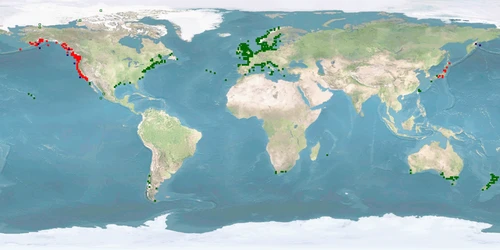Farming remarks
Oncorhynchus mykiss is one of the dominant salmonids farmed in Europe and North America, second only to Salmo salar. In addition, it is one of the most widely studied model fish species in the wild and in captivity. Yet, the living conditions and the husbandry systems that maximise the welfare of this species are still to be defined, developed, and improved. This lack is quite incomprehensible, given the background and the availability of research performed on this species.
The low WelfareScore is mainly due to the need of space and substrate and to high levels of aggression, stress, and high deformations under farming conditions. Grow-out typically takes place in ponds or raceways, sometimes also in cages. There are two strains in O. mykiss: the ANADROMOUS one, also called Steelhead trout, and the POTAMODROMOUS Rainbow trout. Aquaculture populations probably combine genes of both strains. In ANADROMOUS FISHES, throughout the life history, morphology, behaviour, and environmental requirements change. Husbandry systems and practices need to take such differences into account in order to achieve and maintain high welfare. The development of new rearing strategies to optimise the husbandry practices as well as handling with special care would be a step forward to solve some specific welfare concerns. Finally, providing feed which contains a lower amount of fish components from wild catch has proven feasible for this species in lab studies, so a protocol for application in farming conditions has to be developed.
For details see: WelfareCheck | farm (latest major release: 2022-12-27)
For recommendations see: Advice | farm (latest major release: 2025-04-23)
Related news
Series 16 of FishEthoGroup's podcast programme on the fair-fish database entails episodes on Morone saxatilis (Striped bass), Barbonymus gonionotus (Silver barb), and Oncorhynchus mykiss (Rainbow trout). In snippets of about 3 min each, you get to know the most important things we researched on these species for the fair-fish database. To listen to the episodes, click on the links above or go to FishEthoGroup.
In 2022, our colleagues from FishEthoGroup were invited to write a report for the Aquaculture Advisory Council of the European Commission on the topic of "Using ethology to improve farmed fish welfare and production". This report was recently published anew with an updated appendix. For this report, FishEthoGroup collaborated with the fair-fish database to give a summary of the situation of 5 of the most frequently farmed species in Europe (Sparus aurata, Dicentrarchus labrax, Oncorhynchus mykiss, Salmo salar, Cyprinus carpio). We from the fair-fish database used the opportunity to update these 5 profiles (of which you have read in this News section in the past months). Among them was that of Salmo salar, the Atlantic salmon, which was enriched with a plethora of papers and was transferred to our latest more transparent and user-friendly formatting scheme. Thanks to the update, we could get rid of a couple of question marks in the welfare assessment, but the new findings only manifested what was hinted at before: except at slaughter, Salmo salar cannot experience good welfare in captivity even under the best possible conditions.
The Short profile of Oncorhynchus mykiss, Rainbow trout, was one of the first ones published in the FishEthoBase - it was time for an update! Please find the Short profile with more detailed information, selected papers since 2017 as well as our new consistent age class and label structure here. Unfortunately, the FishEthoScore did not improve in the last 6 years since we first assessed O. mykiss' welfare potential in captivity and remains very low.

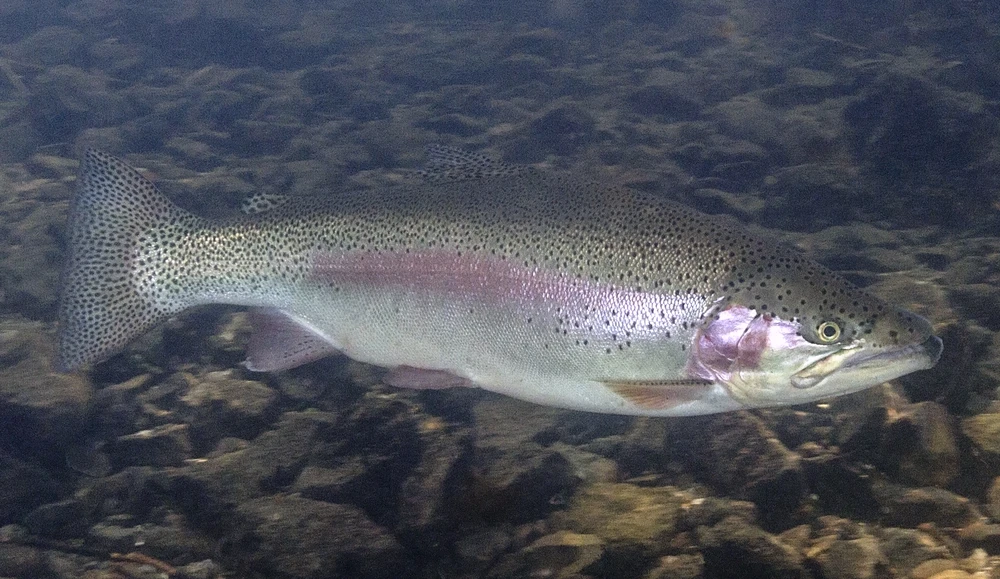

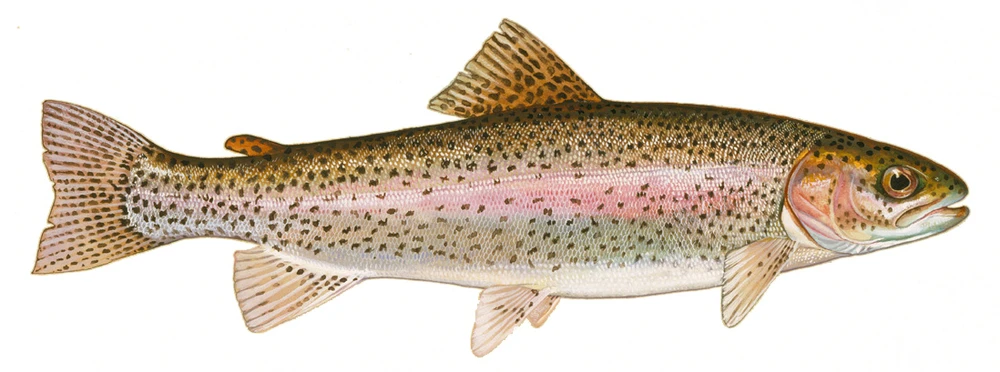
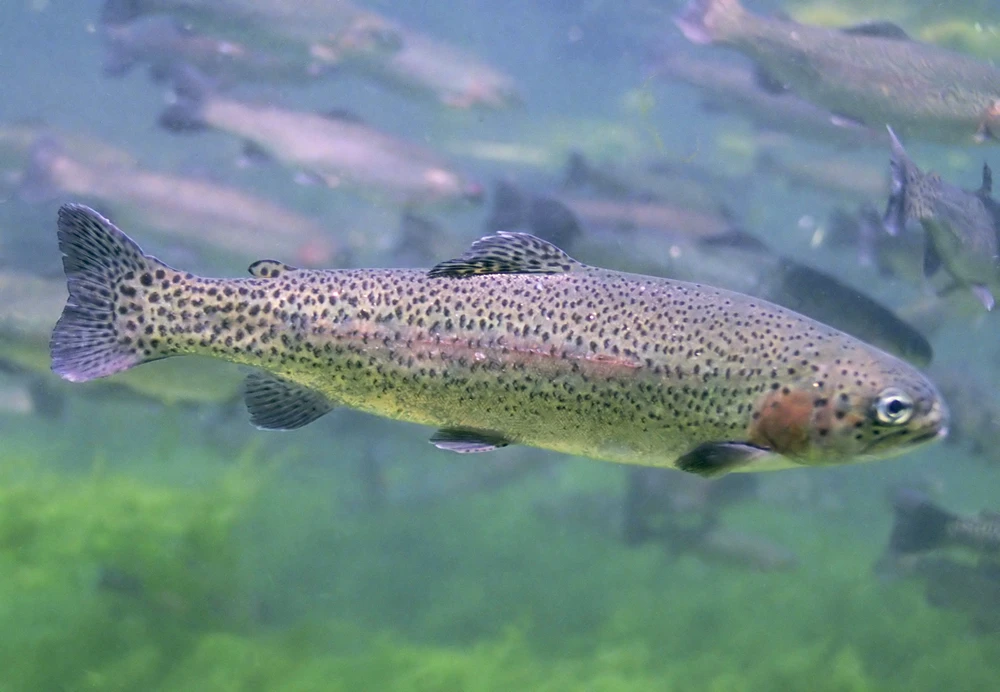
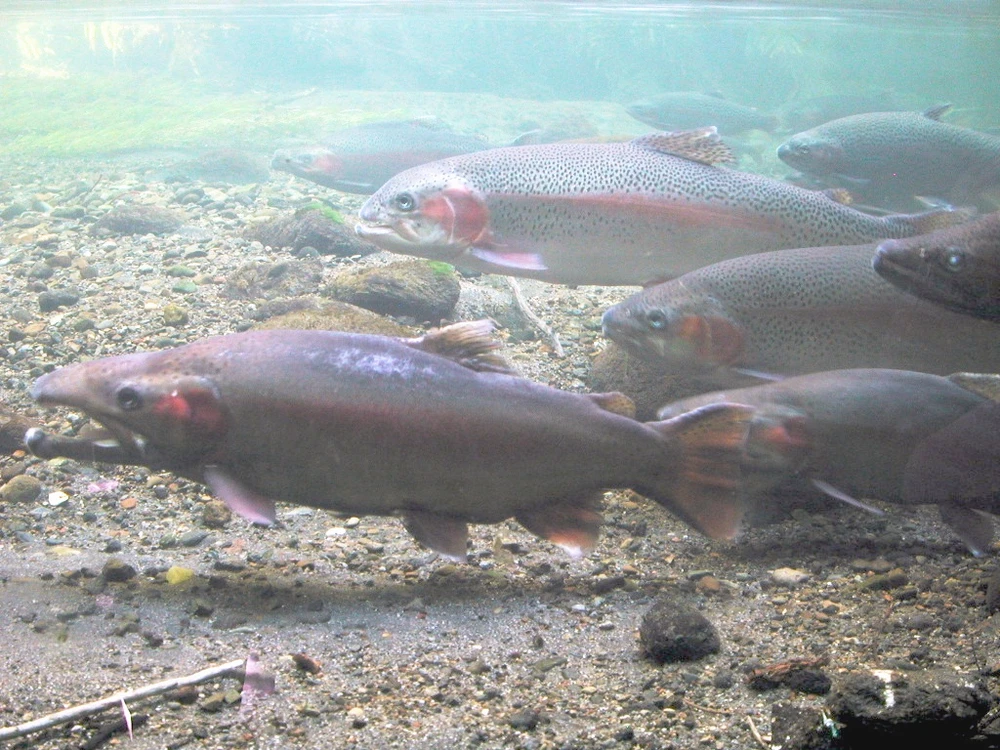
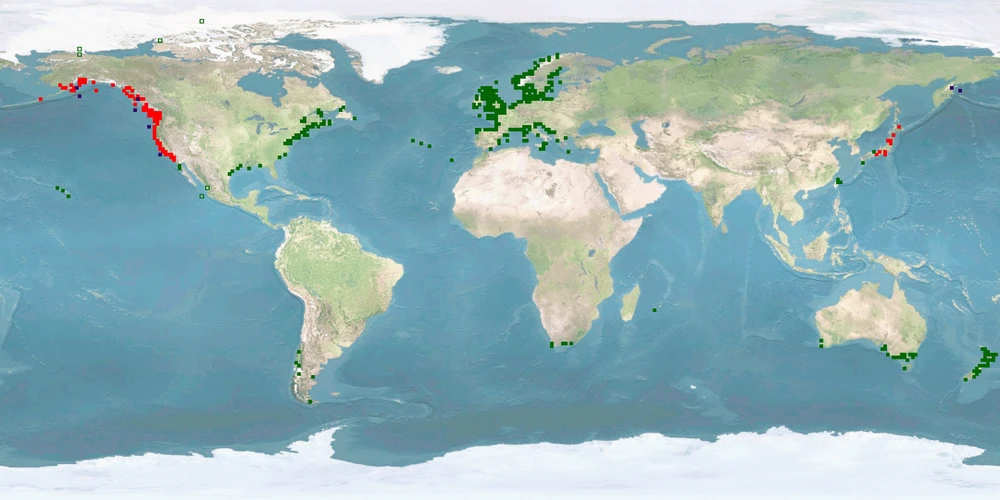







Probably, we updated the profile. Check the version number in the head of the page. For more information on the version, see the FAQ about this. Why do we update profiles? Not just do we want to include new research that has come out, but we are continuously developing the database itself. For example, we changed the structure of entries in criteria or we added explanations for scores in the WelfareCheck | farm. And we are always refining our scoring rules.
The centre of the Overview is an array of criteria covering basic features and behaviours of the species. Each of this information comes from our literature search on the species. If we researched a full Dossier on the species, probably all criteria in the Overview will be covered and thus filled. This was our way to go when we first set up the database.
Because Dossiers are time consuming to research, we switched to focusing on WelfareChecks. These are much shorter profiles covering just 10 criteria we deemed important when it comes to behaviour and welfare in aquaculture (and lately fisheries, too). Also, WelfareChecks contain the assessment of the welfare potential of a species which has become the main feature of the fair-fish database over time. Because WelfareChecks do not cover as many criteria as a Dossier, we don't have the information to fill all blanks in the Overview, as this information is "not investigated by us yet".
Our long-term goal is to go back to researching Dossiers for all species covered in the fair-fish database once we set up WelfareChecks for each of them. If you would like to support us financially with this, please get in touch at ffdb@fair-fish.net
See the question "What does "not investigated by us yet" mean?". In short, if we have not had a look in the literature - or in other words, if we have not investigated a criterion - we cannot know the data. If we have already checked the literature on a criterion and could not find anything, it is "no data found yet". You spotted a "no data found yet" where you know data exists? Get in touch with us at ffdb@fair-fish.net!
Lorem ipsum
In the fair-fish database, when you have chosen a species (either by searching in the search bar or in the species tree), the landing page is an Overview, introducing the most important information to know about the species that we have come across during our literatures search, including common names, images, distribution, habitat and growth characteristics, swimming aspects, reproduction, social behaviour but also handling details. To dive deeper, visit the Dossier where we collect all available ethological findings (and more) on the most important aspects during the life course, both biologically and concerning the habitat. In contrast to the Overview, we present the findings in more detail citing the scientific references.
Depending on whether the species is farmed or wild caught, you will be interested in different branches of the database.
Farm branch
Founded in 2013, the farm branch of the fair-fish database focuses on farmed aquatic species.
Catch branch
Founded in 2022, the catch branch of the fair-fish database focuses on wild-caught aquatic species.
The heart of the farm branch of the fair-fish database is the welfare assessment – or WelfareCheck | farm – resulting in the WelfareScore | farm for each species. The WelfareCheck | farm is a condensed assessment of the species' likelihood and potential for good welfare in aquaculture, based on welfare-related findings for 10 crucial criteria (home range, depth range, migration, reproduction, aggregation, aggression, substrate, stress, malformations, slaughter).
For those species with a Dossier, we conclude to-be-preferred farming conditions in the Advice | farm. They are not meant to be as detailed as a rearing manual but instead, challenge current farming standards and often take the form of what not to do.
In parallel to farm, the main element of the catch branch of the fair-fish database is the welfare assessment – or WelfareCheck | catch – with the WelfareScore | catch for each species caught with a specific catching method. The WelfareCheck | catch, too, is a condensed assessment of the species' likelihood and potential for good welfare – or better yet avoidance of decrease of good welfare – this time in fisheries. We base this on findings on welfare hazards in 10 steps along the catching process (prospection, setting, catching, emersion, release from gear, bycatch avoidance, sorting, discarding, storing, slaughter).
In contrast to the farm profiles, in the catch branch we assess the welfare separately for each method that the focus species is caught with. In the case of a species exclusively caught with one method, there will be one WelfareCheck, whereas in other species, there will be as many WelfareChecks as there are methods to catch the species with.
Summarising our findings of all WelfareChecks | catch for one species in Advice | catch, we conclude which catching method is the least welfare threatening for this species and which changes to the gear or the catching process will potentially result in improvements of welfare.
Try mousing over the element you are interested in - oftentimes you will find explanations this way. If not, there will be FAQ on many of the sub-pages with answers to questions that apply to the respective sub-page. If your question is not among those, contact us at ffdb@fair-fish.net.
It's right here! We decided to re-name it to fair-fish database for several reasons. The database has grown beyond dealing purely with ethology, more towards welfare in general – and so much more. Also, the partners fair-fish and FishEthoGroup decided to re-organise their partnership. While maintaining our friendship, we also desire for greater independence. So, the name "fair-fish database" establishes it as a fair-fish endeavour.
